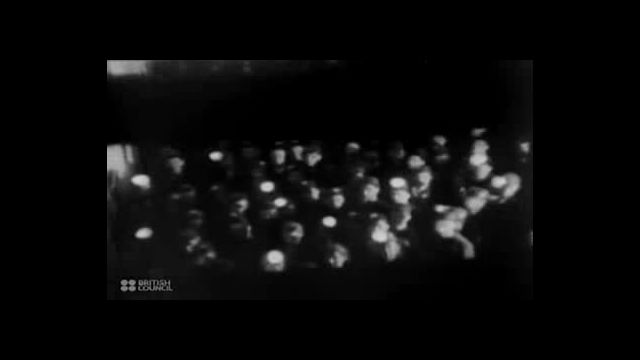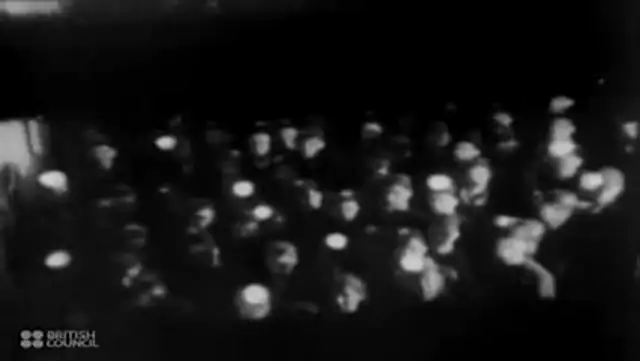Worker Health and Safety in a New Coal Mine in Scotland 1945 British Council Film Collection
12 anni
3.2K Visualizzazioni
Categoria:
Descrizione:
This is clipped from the 1945 film -- The New Mine - an overview of the progressive facilities at a modern coal mine in Scotland, with an emphasis on the steps taken to ensure worker welfare there. 'From the original film description - A modern colliery in Scotland, situated in unspoilt country instead of an ugly mining town, has up-to-date machinery, the latest ventilation and safety devices, and new methods in mining practice. The surface buildings of this model colliery are built on symmetrical lines. - When The New Mine was made in 1945, there were around 1000 coal mines operating in the UK. Today, there are less than a dozen. Described in The New Mine as a "pit-head of the new world", Comrie Colliery in Fife operated from 1936 to 1986. In spite of the film's optimistic claim that the mine would "stand the test of time", and comments on the safety of its operations, the Comrie Colliery site is now derelict. Despite The New Mine's praise for the cutting-edge techniques employed at the mine, the disused site was recently described by Fife Council as the "largest area of post-industrial dereliction in West Fife". The land around the mine, clearly discernible from above, is reported to be heavily polluted, contaminated with cyanide, and the 40 metre high pile of coal waste (seen forming in the film) has purportedly been burning since the 1970s. At the time of construction, Comrie was the new showpiece pit of the Fife Coal Company. Important features included the use of forced-fan ventilation (unusual at the time), and of skip-winding for raising coal from the pit bottom. The skips were brought in from Germany, and one week before the outbreak of World War II, the German engineers responsible for their installation were called home with the job unfinished. Underground transport was fully mechanised, with locomotive haulage and belt conveyors. Comrie Mine was demolished during the latter part of 1989. (MarkdCatlin)




